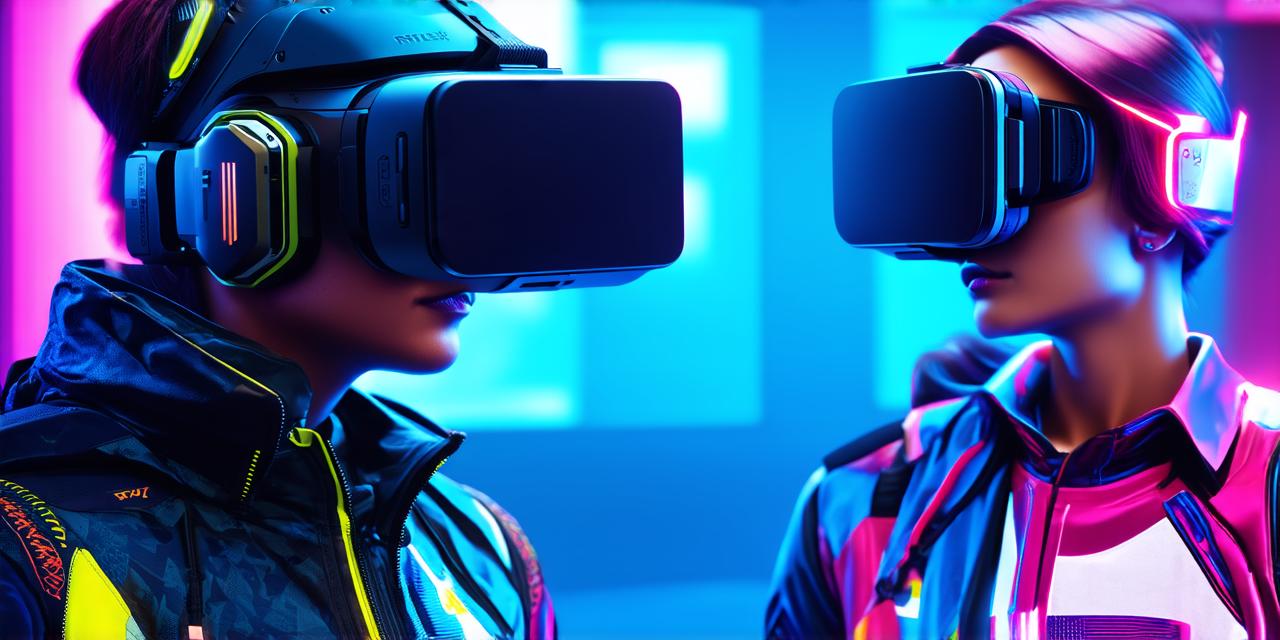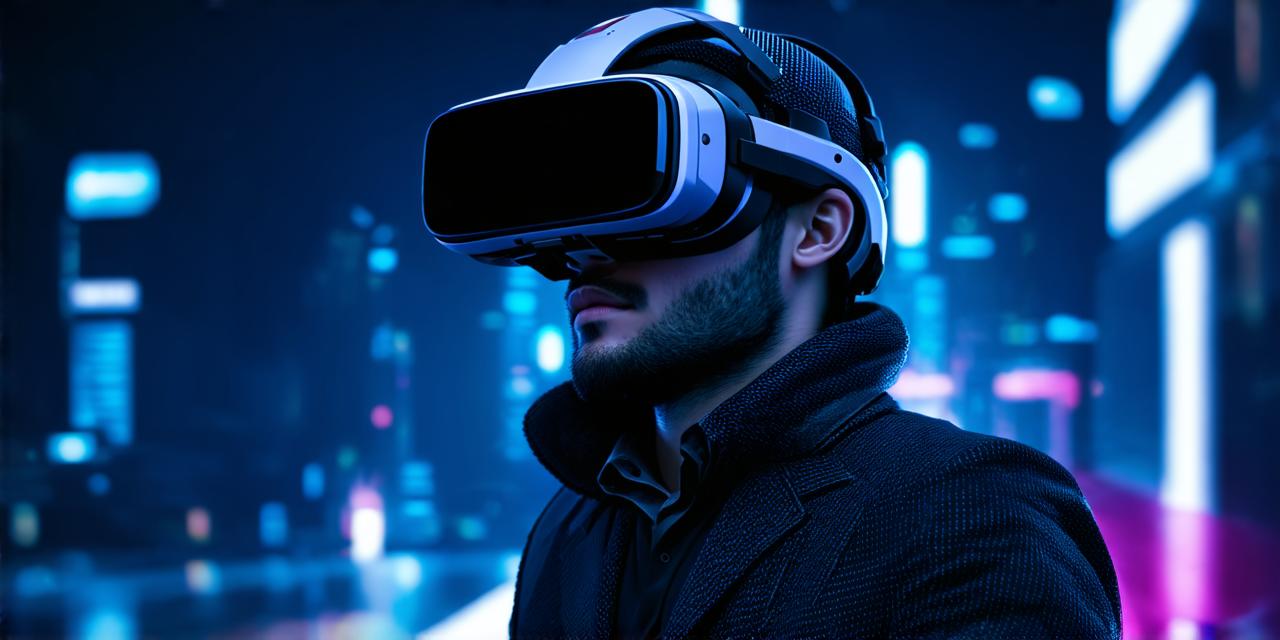Virtual reality videos are becoming increasingly popular as they offer a unique immersive experience that can transport viewers into new worlds and perspectives.
1. Choose Your Equipment
To create virtual reality videos, you will need the following equipment:
- A 360-degree camera or multiple cameras that can capture images from all angles
- A computer with a powerful graphics card and video editing software
- Headphones for yourself and your crew
2. Plan Your Video

Before you start shooting, it’s important to plan out what you want to achieve in your virtual reality video. Some things to consider include the story you want to tell, the locations you want to visit, and the action you want to capture. You should also think about the equipment you will need, such as lighting and sound equipment.
3. Shoot Your Video
Once you have planned out your video, it’s time to start shooting. To capture 360-degree footage, you will need to mount your camera onto a tripod and use software that allows you to control the angle of view. When shooting, make sure to capture footage from all angles to create a seamless experience for the viewer.
4. Edit Your Video
After you have finished shooting, it’s time to edit your footage. To edit virtual reality videos, you will need to use specialized software that allows you to stitch together multiple images and adjust the viewing angle. You can also add special effects such as lighting and sound to enhance the experience.
5. Publish Your Video
Once you have edited your video, it’s time to publish it. There are many platforms available for publishing virtual reality videos, including YouTube and Facebook. When publishing, make sure to optimize your video for the platform and include appropriate tags to make it easy for viewers to find.
6. Promote Your Video
Finally, to get the most out of your virtual reality video, you will need to promote it effectively. This can include sharing it on social media, reaching out to influencers in the industry, and using paid advertising to reach a wider audience.
Conclusion
Creating virtual reality videos requires careful planning, attention to detail, and specialized equipment. However, with the right approach and tools, you can create an immersive experience that will transport viewers into new worlds and perspectives.



